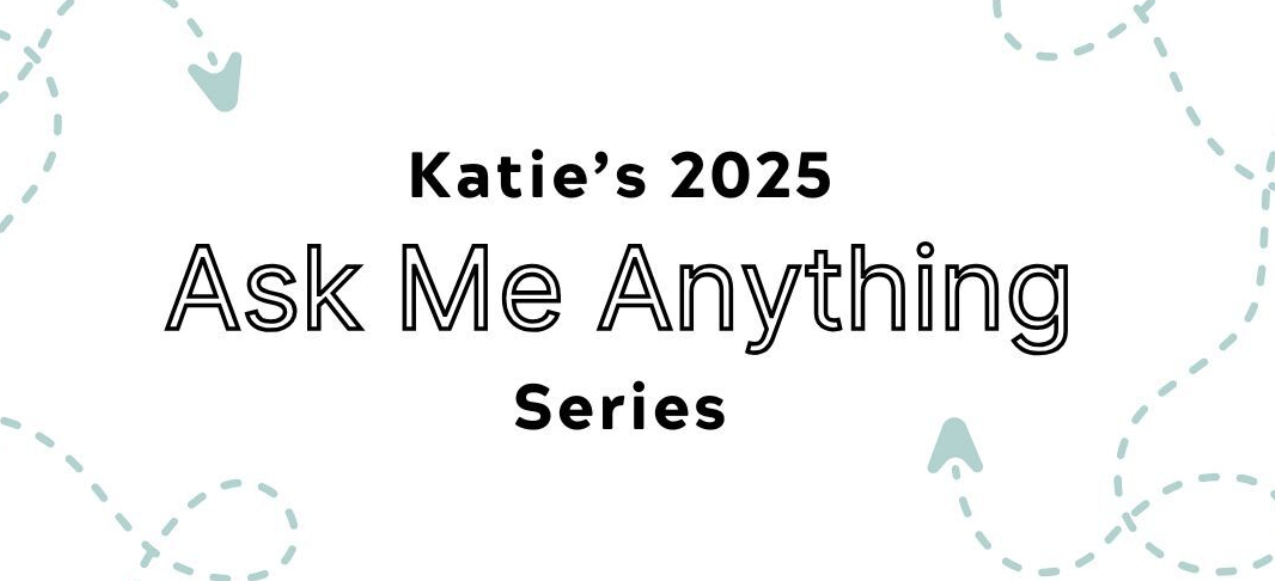Often when I’m writing I’ll get into a flow state where I lose track of time. I can sit for hours working on a paper, grant proposal, or other writing project without realizing it. I forget to get up and move around. Sometimes I forget to eat.
(When I wrote from home during my dissertation writing, and also while writing my second book, my partner would come home from work and set a plate of food in front of me, knowing that I probably hadn’t eaten since that morning.)
Flow states are all well and good (this is my favorite book on the subject), but I also know that the brain is stimulated by movement, so I’ve been giving myself excuses to get up so that I can move to think. Here are some of my favorites that are pretty easy to build into a typical workday:
- Running an errand during lunch. Instead of working through lunch, I’ll eat and then take a walk to the local library, which is about a mile from my work. I’m even more motivated to do this when I’ve placed books on hold and they’re waiting for me to pick them up.
- Schedule a walking meeting. For my Fitbit-wearing colleagues, walking meetings are a welcome addition to their day. Because it gets me away from sitting at my desk, it’s a win-win (and since I wear a Fitbit, more steps aren’t a bad thing for me either). Sometimes I also schedule a walk with a colleague over the lunch hour just to catch up a bit if we haven’t seen each other recently.
- Turn a walk into professional development. By listening to a work-related podcast or audio book, I have a good excuse to talk a walk and learn something that will help me better at my job.
- Drink more water. Eventually, that water has to go somewhere, so drinking more means that I’m up and moving around at least every hour or so to walk to the restroom.
- Make a lunch date with yourself. One of my favorite things to do on a slow Friday in the office is to take myself out to lunch somewhere at least a mile from work so that I get in a nice walk on the way there and back.
- Park far away. I chose the cheapest lot on campus, so it takes me at least 10 minutes to walk to and from my car each day. This ends up being perfect timing to think about what’s on my list for that day or process the day’s events after work is over.
When I’m feeling blocked, moving around is one of the best ways I’ve found to loosen up the thoughts in my brain and get things flowing again. Making a habit of building these “excuses” into my daily routine has helped me to combat too much time just sitting at my desk.
To think on:
- Does “moving to think” work for you?
- How do you fit in movement throughout your workday?



